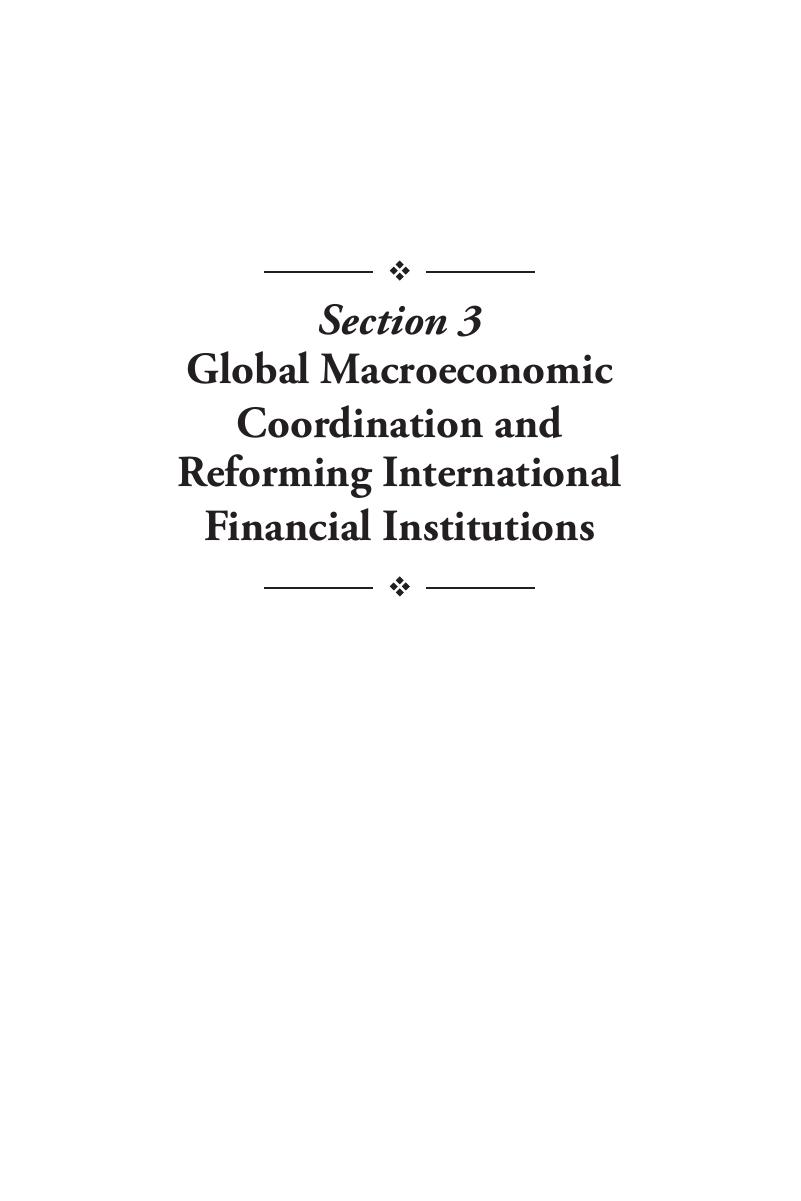Section 3 - Global Macroeconomic Coordination and Reforming International Financial Institutions
Published online by Cambridge University Press: 05 July 2014
Summary

- Type
- Chapter
- Information
- The G20 Macroeconomic AgendaIndia and the Emerging Economies, pp. 91 - 294Publisher: Cambridge University PressPrint publication year: 2014



